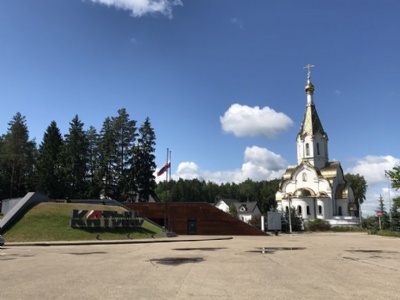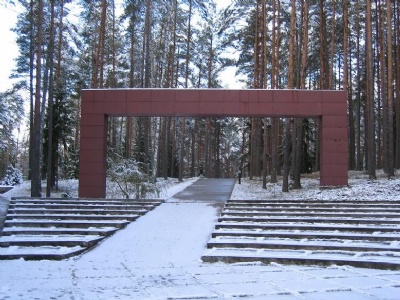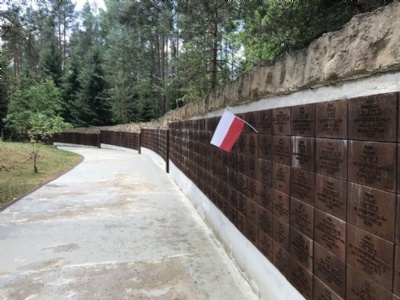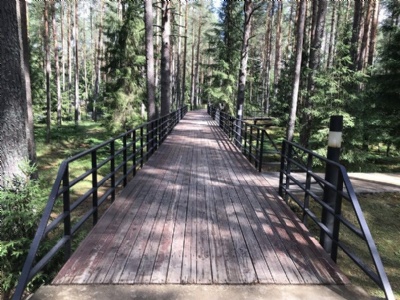Katyn
About twenty kilometres west Smolensk lies a forest called Katyn. In this forest during 1940, 4421 polish officers, non-commissioned officers, police officers and other officials were murdered by the Soviet Security Service (NKVD). However, the total number of murdered and buried in Katyn is difficult to determine. Immediately after the Soviet Union invaded Poland on 17 September 1939, a large number of Polish officers and soldiers were detained under the control of the NKVD. The idea of the Soviet Union was to convert these into communism, but when this failed, Stalin and the politburo approved on March 5, 1940 the request of the NKVD to murder just under 22,000 of these ”contra-revolutionary” elements.
They were seen as a threat to the future Soviet hegemony in the Soviet-occupied areas. These 22,000 counter-revolutionaries were imprisoned in several different prisons in the Soviet Union. In addition to Katyn, the NKVD also murdered thousands of ”counter-revolutionaries” in Mednoje, Kharkov, Kiev, Minsk and Cherson, but Katyn has become the symbol of these murders. Those murdered in Katyn came from the prisons in Kozelsk, Starobilsk and Ostashkov.
When the Germans invaded the Soviet Union, an agreement was signed between the Soviet Union and the polish government of exile in Britain to jointly fight Nazi Germany. A question that arose in connection with the negotiations was where all these Polish officers had gone. Stalin lied and claimed that they had been released and as long as the mass graves were not found, the question remained unanswered. Both Britain and the United States understood that Katyn could become a problem and chose not to take any direct position that could affect the alliance against Germany.
In the autumn of 1942 the mass graves were discovered in Katyn, but only in the spring of 1943, just under two years after the Soviet Union was invaded, a major excavation of the mass graves in Katyn began. The discovery became an international news and affected the Polish-Soviet relations, but the Soviet Union consistently denied its involvement, blaming instead that it was the Germans who used their own massacre for their own propagandistic purposes. According to the Soviet Union, the Polish officers found murdered in Katyn had been prisoners of war captured by the germans shortly after the invasion. The Soviet Union continued to consistently deny its responsibility in the Katyn massacre and it was more or less forbidden to mention Katyn in any context, especially in Poland. Only in 1990, when the Soviet Union’s grip on eastern Europe was on the roll, did they acknowledge and publish documents that substantiated Stalin’s direct orders to murder just under 22,000 Polish officers, non-commissioned officers, police officers and other officials.
Current status: Museum (2019).
Location: 54°46'32.5"N 31°47'16.5"E
Get there: Car.
Follow up in books: Urban, Thomas: The Katyn Massacre 1940: History of a Crime (2022).










Right at the entrance to the forest is a small museum. The forest where the murders took place is divided into a Russian section and a Polish section. Each part has its own monuments, graves and chapels. Both areas are connected by paths and smaller wooden decks. Katyn remains controversial and the cooperation between Polish and Russian investigators is not always smooth. Russia refuses to equate Katyn with genocide or war crimes and for them the crime is prescribed, something that the Polish government find hard to accept.